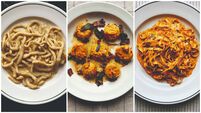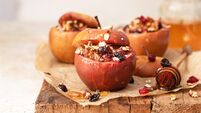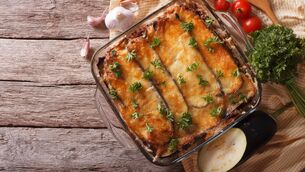Darina Allen: How to make Ireland's true national dish — bacon and cabbage
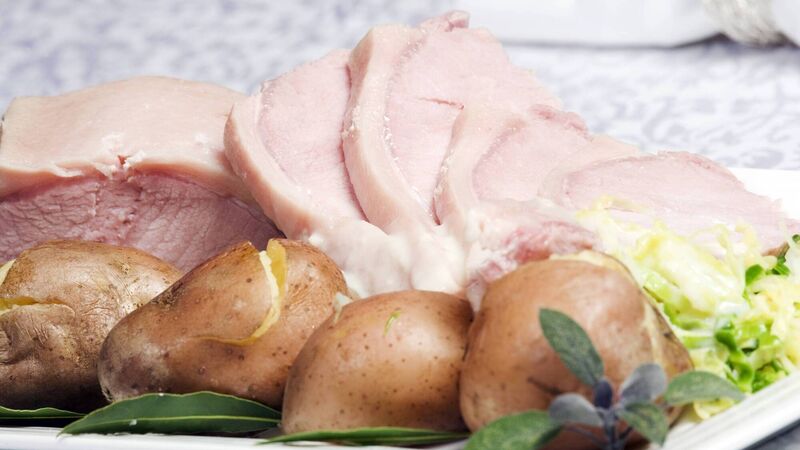
Who doesn't love bacon and cabbage?
St. Patrick’s Day is just around the corner, Tourism Ireland and Bord Fáilte have been in overdrive throughout the past few months, working to make the very best use of this annual holiday to promote Ireland and all things Irish around the globe.
I’m often asked what’s the best known traditional Irish dish. Most people have just heard of Irish stew but my favourite is bacon cabbage and parsley sauce with some scallion champ and lots of butter, a really comforting feast and who doesn’t love it, a trip down memory lane? Seek out a nice piece of bacon with a generous layer of fat — either streaky or back bacon — and a fresh head of spring cabbage. It makes me hungry to even write about it.
Bacon & Cabbage
Without question Ireland’s national dish – less widely known abroad, but much more widely eaten, particularly in rural Ireland, than the legendary Irish stew.
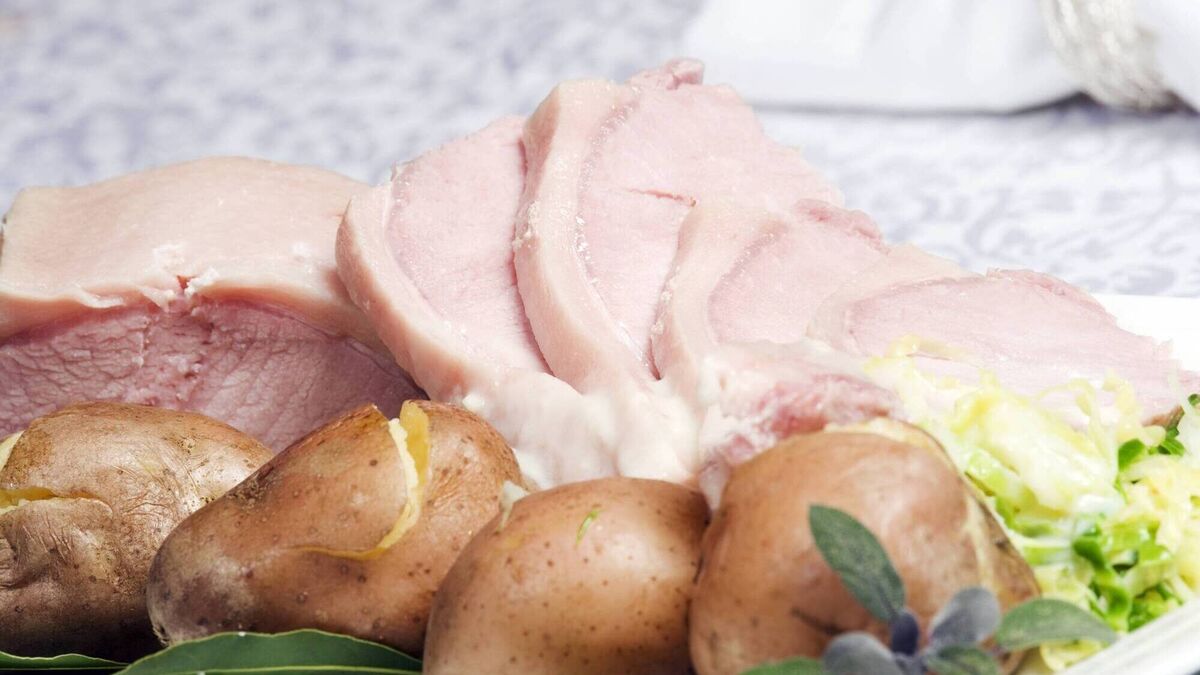
Servings
12Preparation Time
15 minsCooking Time
2 hours 0 minsTotal Time
2 hours 15 minsCourse
MainIngredients
1.8-2.25kg loin or shoulder of bacon with a nice covering of fat
1 head of cabbage: Savoy, Greyhound or spring cabbage, depending on the time of year
butter
white pepper
For the parsley sauce:
4-6 tbsp finely chopped fresh parsley leaves (retain the stalks)
600ml fresh whole milk
30-45g roux (equal quantities of plain flour and butter cooked for 2 minutes on a low heat, stirring occasionally)
salt and freshly ground pepper
Method
If the bacon is too salty, cover in cold water and bring slowly to the boil (uncovered), white froth will rise to the top. Pour off the water. Cover with hot water and simmer until nearly cooked through, allowing at least 20 minutes per 450g.
Meanwhile, remove the outer leaves from the cabbage. Cut the cabbage into quarters, discarding the centre core. Cut each quarter into thin strips across the grain. About 30 minutes before the bacon is cooked, add the cabbage.
Continue to cook until the cabbage is soft and tender, and the bacon is fully cooked through. Remove the bacon to a hot plate and strain the water off the cabbage. Return the cabbage to the pan with a lump of butter, season with white pepper.
Serve with the bacon and, traditionally, boiled potatoes and Parsley Sauce.
Put the parsley stalks into a saucepan with the cold milk, bring slowly to the boil, then remove the stalks. Whisk the roux into the boiling milk until thickened and add the chopped parsley. Season with salt and freshly ground pepper.
Simmer for 5-10 minutes on a very low heat, then taste and correct the seasoning before serving.
Shamrock Bread with Wild Garlic
Soda breads are the traditional breads of our country. How about shaping it into a shamrock shape for a bit of fun on St. Patrick’s Day
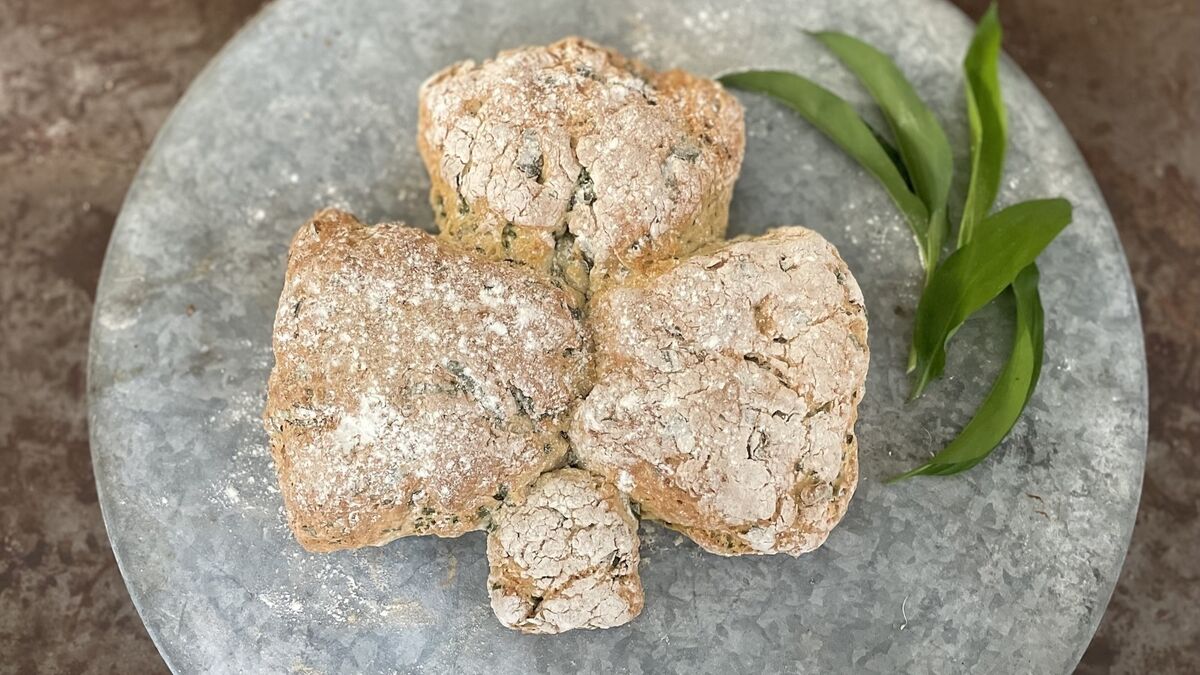
Preparation Time
15 minsCooking Time
45 minsTotal Time
60 minsCourse
BakingIngredients
450g plain white flour
1 level tsp bicarbonate of soda
1 level tsp salt
3-4 tbsp chopped wild garlic (allium triquetrum)
350-400ml sour milk or buttermilk (the quantity depends on the thickness of the milk)
Method
Preheat the oven to 230°C/Gas Mark 8.
Soda bread is best cooked in a conventional oven rather than a fan or convection oven.
Sieve the dry ingredients into a large bowl, add the chopped wild garlic. Make a well in the centre and pour most of the milk in at once.
Using one hand with the fingers stiff and outstretched, mix in a full circular movement from the centre to the outside of the bowl, gradually drawing in the flour from the sides. Add a little more milk if necessary — shop bought buttermilk is thinner than farm-fresh, so you will need less rather than more. The dough should be softish, not too wet and sticky. The trick with all soda breads is not to overmix the dough — mix the dough as quickly and as gently as possible, keeping it really light and airy. When it all comes together, a matter of seconds, turn it out onto a well-floured work surface.
Wash and dry your hands then dust them with flour.
Tidy up the dough and flip it over gently. Divide into three equal pieces and pull off a tiny bit for the stem. Pat each into rounds, about 4cm deep. Transfer to a lightly floured baking tray, use a little buttermilk to attach the leaves of the shamrock to each other.
Add a little stem at the base, make a little indent at the top of each leaf to imitate the shamrock shape. With the tip of a sharp knife, prick in the centre of each leaf to let the fairies out otherwise they will jinx your bread!
Bake in the preheated oven for 15 minutes, then reduce the temperature to 200°C/Gas Mark 6 and bake for 30 minutes more, until cooked. If you are in doubt, tap the bottom of the bread – if it’s fully cooked, it will sound hollow. Allow to cool on a wire rack and serve.
Pamela Black’s St Patrick’s Day Cake
A scary St Patrick’s Day cake but delicious and fun and just happens to be green, white and gold.
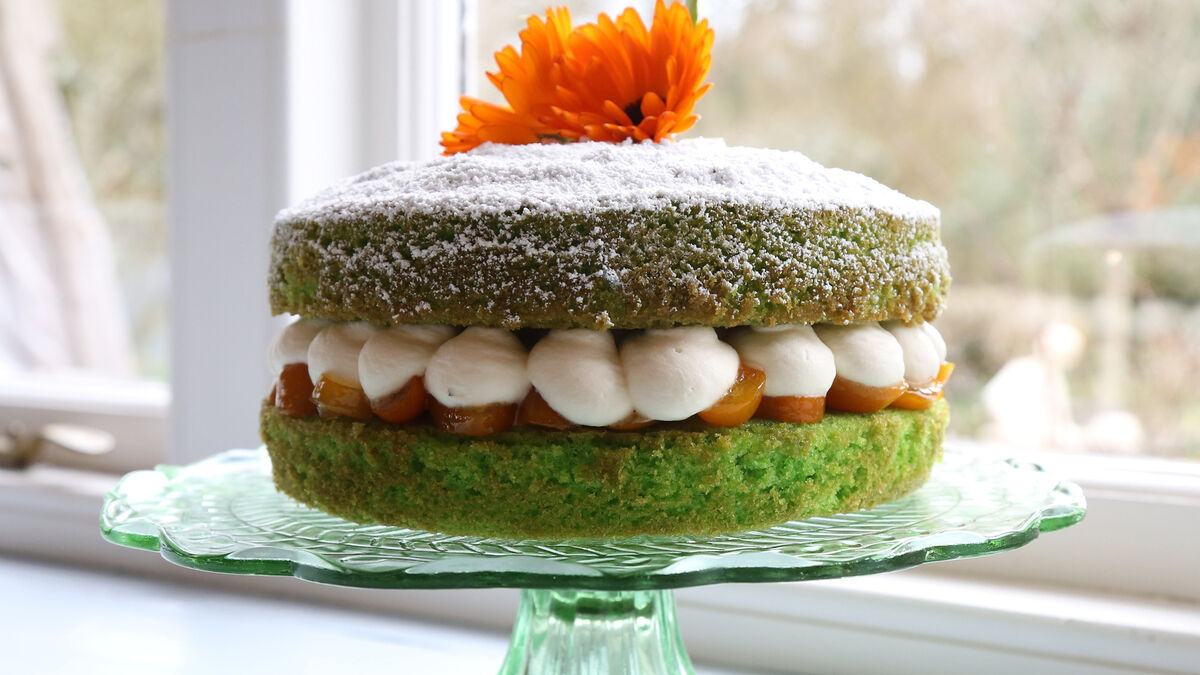
Servings
8Preparation Time
30 minsCooking Time
30 minsTotal Time
60 minsCourse
BakingIngredients
175g butter
175g caster sugar
¼ tsp green food gel colouring
1 tsp of vanilla extract
3 eggs, preferably free range
175g self-raising flour
3 tbsp kumquat compote (see recipe)
300ml cream, stiffly whipped
icing sugar
fresh marigolds to decorate
2 x 18cm cake tins
To make kumquat compote
235g kumquats
200ml water
110g sugar
Method
Preheat the oven to 180°C/Gas Mark 4.
Grease the tins with a little melted butter and put a round of greaseproof paper on the bottom of the tins.
Cream the butter, add sugar, green colouring and vanilla extract. Beat until light and fluffy. Add in the eggs one at a time, each time with a tablespoon of flour. Beat very well and then fold in the remaining flour gently.
Divide the mixture between the tins and bake for 25-30 minutes or until the cakes are well risen, golden and feel spongy to the fingertips.
Allow the cakes to cool for a few minutes in the tins and then turn out on to a wire rack to cool completely.
Next make the kumquat compote.
Slice the kumquats into four or five rounds depending on size, remove the seeds. Put the kumquats into a saucepan with the water and sugar and let them cook very gently, covered, for half an hour or until tender.
Note: This compote keeps for weeks in the fridge.
To assemble the cake: Spread the compote over the bottom of each sponge.
Fill a piping bag, fitted with a plain éclair nozzle, with the whipped cream. Pipe the cream evenly over one base, starting at the outside edge of the sponge, working inwards.
Place the remaining sponge on top and dust with icing sugar.
Garnish with marigold flowers.




